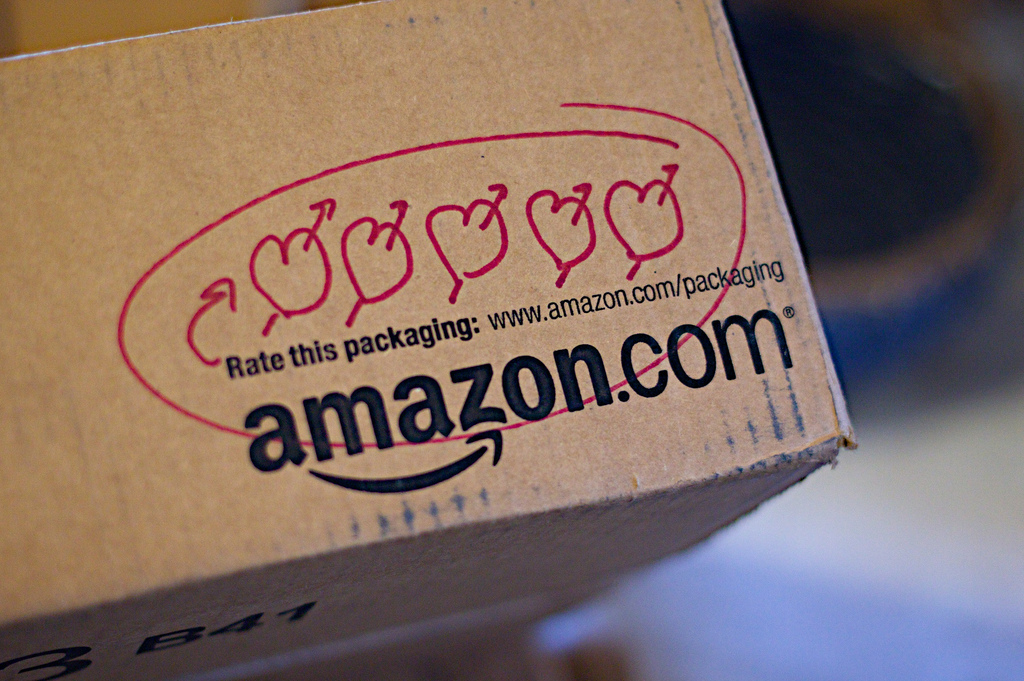Don’t look now, but Amazon has just taken another giant step in its neverending question to dominate retail.
Amazon on Sept. 17 launched Amazon Storefronts, designed for U.S.-based small and mid-size businesses (SMB) that offer products in 27 categories ranging from handmade crafts (think Etsy) to automotive parts, pet supplies, home and business services and more.
The site also offers curated collections for things like back to school, Halloween, travel and books. Each week, a different SMB is featured on the main page, and interested buyers can read profiles of the business owners who peddle their wares on Storefronts.
Immediate reactions ranged from “Sign me up!” to “We’ll check it out” to “Here Amazon goes again, trying to run small businesses into the ground.”
This begs the question: Is selling on Amazon a good bet for your small business? These talking points will help you make an informed decision.
Pro: Access to a (Much) Broader Audience
Amazon is pretty tight-lipped about their exact numbers, but an estimated 64 percent of American households have an Amazon Prime membership, which translates to about 80 million people. Chances are, your small business doesn’t have near that kind of reach. Selling through Amazon gets you in front of people who might otherwise never see you.
Con: More Competition
Reach is great, but if your product can’t stand out from the crowd, large numbers of viewing eyes don’t do you much good. As easy as it is to be found on Amazon, it’s just as easy to be lost. When people go to your website looking for a whatchamacallit, they’re only browsing yourwhatchamacallits. When people search for a whatchamacallit on Amazon, they’re seeing everywhatchamacallit — and competition can be fierce.
Pro: Amazon Handles Order Fulfillment
No more spending your weekends assembling cardboard boxes and constantly losing the packing tape. With Fulfillment by Amazon, order picking, packing and delivery is completely off your already-crowded plate.
Con: Brand Recognition Drops
When everything shows up in a branded Amazon box, it’s Amazon who benefits. Your brand — the one you’ve worked so hard to create — falls by the wayside. People who visit your personal website or brick and mortar store do so because they appreciate your quality and service. People who buy on Amazon are usually looking for the best deal — and if you can’t offer it at the price point they’re looking for, there are plenty of other people who can.
Pro: It’s Easy
When you sell your product on Amazon, nearly all of the work is done for you. Once you ship your product to the warehouse, you never touch that product again. Amazon handles customer inquiries, problems and even returns.
Con: It’s Costly
There are plenty of fees associated with selling on Amazon. If you think you’ll sell more than 40 items a month, you’ll need a Professional Selling Plan, which currently runs $39.99 a month. If you sell less than 40 items a month, each item incurs a 99-cent fee.
You’ll also pay a referral fee on each item. Depending on the category, this can be anywhere from 8 to 20 percent, and in the case of Amazon Device Accessories, a whopping 45 percent. Add in the cost of shipping and fulfillment, and you can almost hear your profit margins screaming in agony.
Should You Sell on Amazon?
Selling on Amazon clearly has its fair share of benefits and drawbacks. It could save some small businesses … but it could ruin others.
Our recommendation? Don’t put all your eggs in an Amazon-branded basket. If you do choose to give it a try, use it in addition to your overall business strategy — not in place of it!
Mischa Communications always has a finger on the pulse of the latest marketing news. Need advice? Just give us a call!
